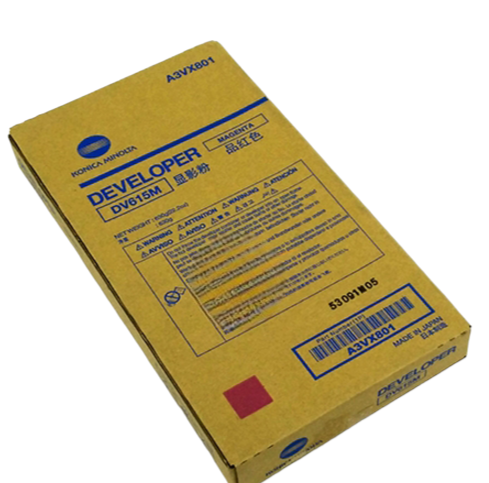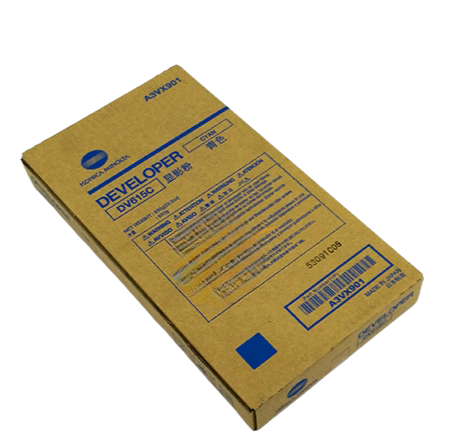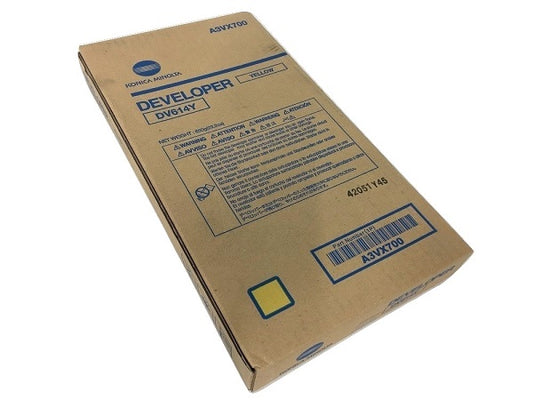Collection: Offset Powders
Printing press powder has long been used in the world of offset printing. It offers numerous benefits in the printing process and is used by almost every manufacturer in the industry. The first and most important purpose of printing press powder is to prevent ink offset. Ink offset is when wet ink from one sheet is transferred onto a second sheet that makes contact. Powder is sprayed onto the sheets as they are stacked at the delivery end of the press, the fine layer of powder forms a microbarrier between the sheets to keep the ink from making contact. A secondary benefit of spray powder is reduced dry time due to a minute air-barrier between the individual sheets. This slight gap allows for an amount of air circulation through the stack and gives the moisture within the ink a way out.
Spray powder is most often made of food grade starches and even meet strict FDA guidelines for food-grade applications. However this is not the case of all powders; for use in the production of printing that will come in contact with food it is imperative that spray powder is checked against FDA guidelines. The majority of spray powders are most often approved for food grade applications and are even recognized to be Kosher.
Spray powders come in various particle sizes. As a general guideline; the lighter the GSM weight of the printing material is, the smaller the particle-size should be. This is a guideline and there are times when other recommendations could be made. For example, when sheets printed will need to be flipped over and printed again on the backside it is often recommended that a very light powder application be applied to avoid interfering with the printing process.
The most common mistake made with printing powder is an incorrect amount being applied during the printing process. Printing powder has some great benefits and often times the popular thought that more is better is applied a little too much. Excess powder can cause problems in a number of ways. The biggest problem will be the mess that all that extra powder makes. The powder can cover the internals of the printing press including the delivery area which needs to stay lubricated. Unfortunately due to the nature of powder it can have a tendency to absorb oil and grease and leave the moving parts of a press dry and unlubricated. For the best results with printing powder always lean towards using a little less and slowly inching your way up to an appropriate level.





![OMC Spray Powder [10 Pounds] - Spray Powder](http://midstatelitho.com/cdn/shop/products/OM-fslash-320-104-2.jpg?v=1611213420&width=533)